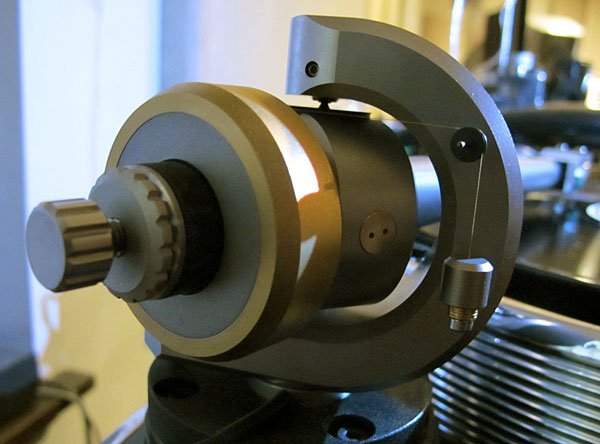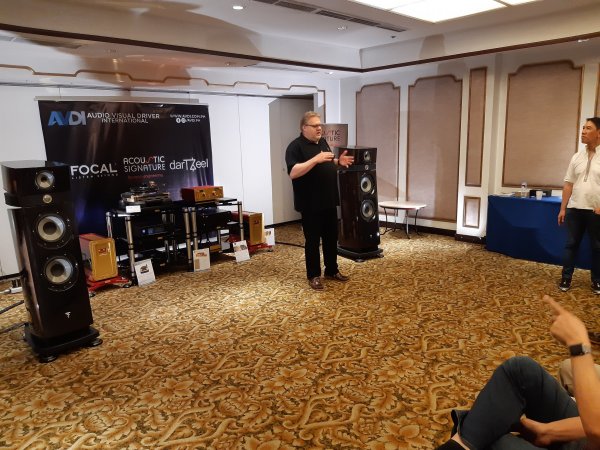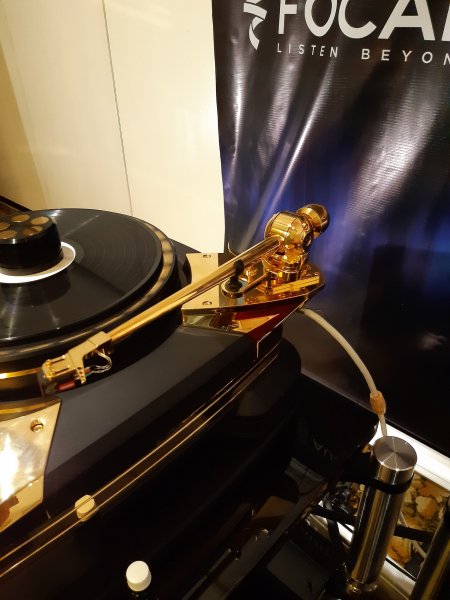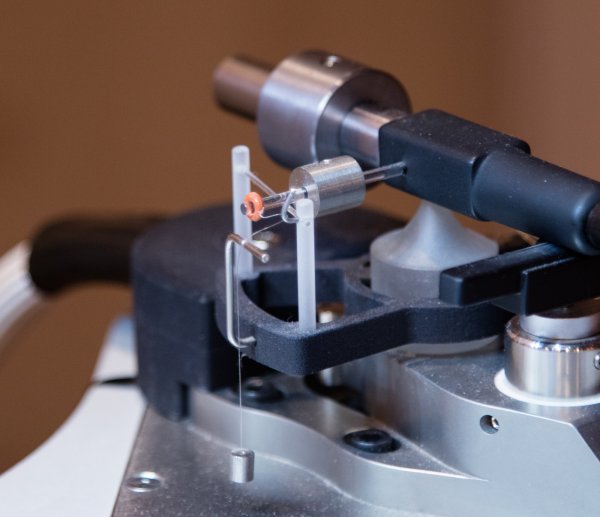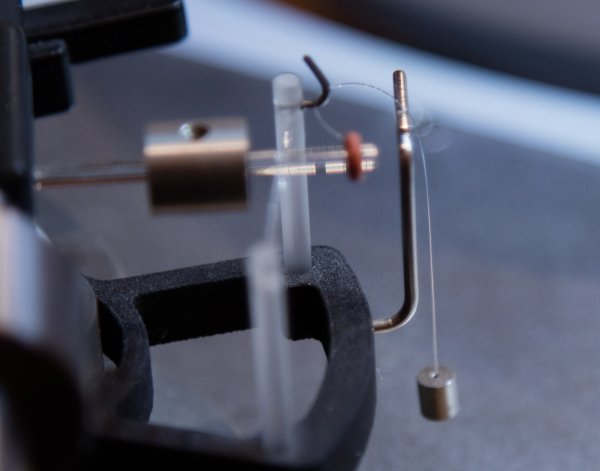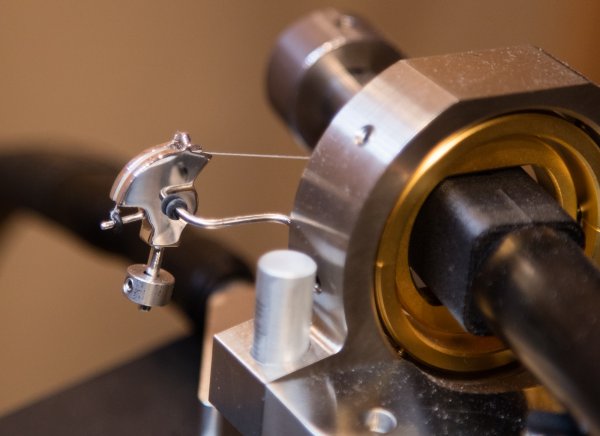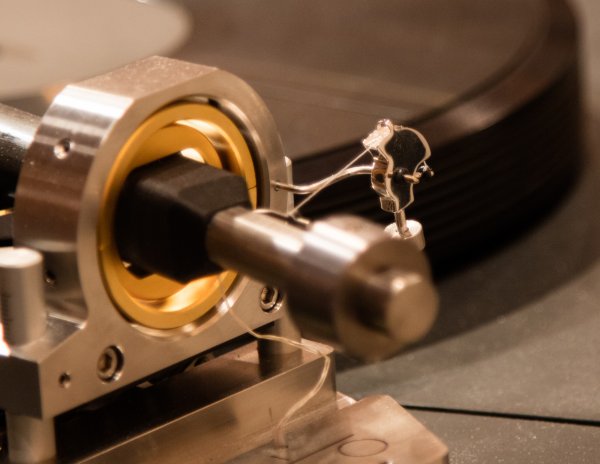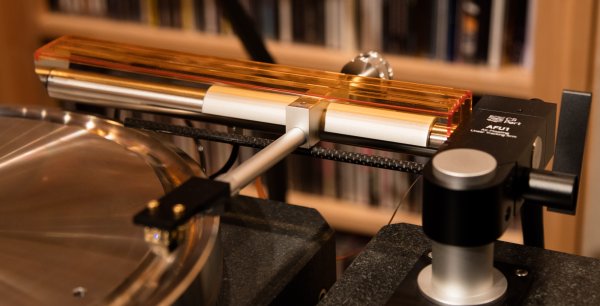Here is the entry from my V-12 manual. Pretty basic advice.
The dial is hard to turn because it is filled with I think silicone to dampen the spring coil. I don't know where the end of the spring attaches. Nor do I remember where I read that the AS dial is calibrated to be 2/3 of the VTF value. The manual does state that proper AS depends on a number of factors. Offset angle (arm length), groove modulation, VTF, stylus location on record, etc. Any setting you choose will be a compromise. I had matched the two dials as recommended in the manual, but the Schoder/Lederman deadwax test gives me different results. Both settings sound good but slightly different. I don't hear any clear distortion either way. Listening to a variety of LPs will be the final test for me.
For reference, the deadwax test setting has the dial at the letter A or about 0.5g. I don't understand the graphic symbol between 0 and "Anti".
View attachment 56094
Just a thought re the dial setting of PeterA. 0.5 was the dead wax test setting for his SME tonearm. My Linn Akito needs to be set at 2.5 to be at that same level. I am thinking now the difference is pretty big, from arm to arm. So the numbers cannot be in 'grams' as in the VTF. And arm makers makes these numbered dials like they are 'standard', as in weight of the VTF and I think they are not. So all the more there is a need for some 'standard' in determining the correct AS setting. If not, then our ears will be a critical judge for it. Start a 0, and work onwards by listening to familiar tracks, imo.







